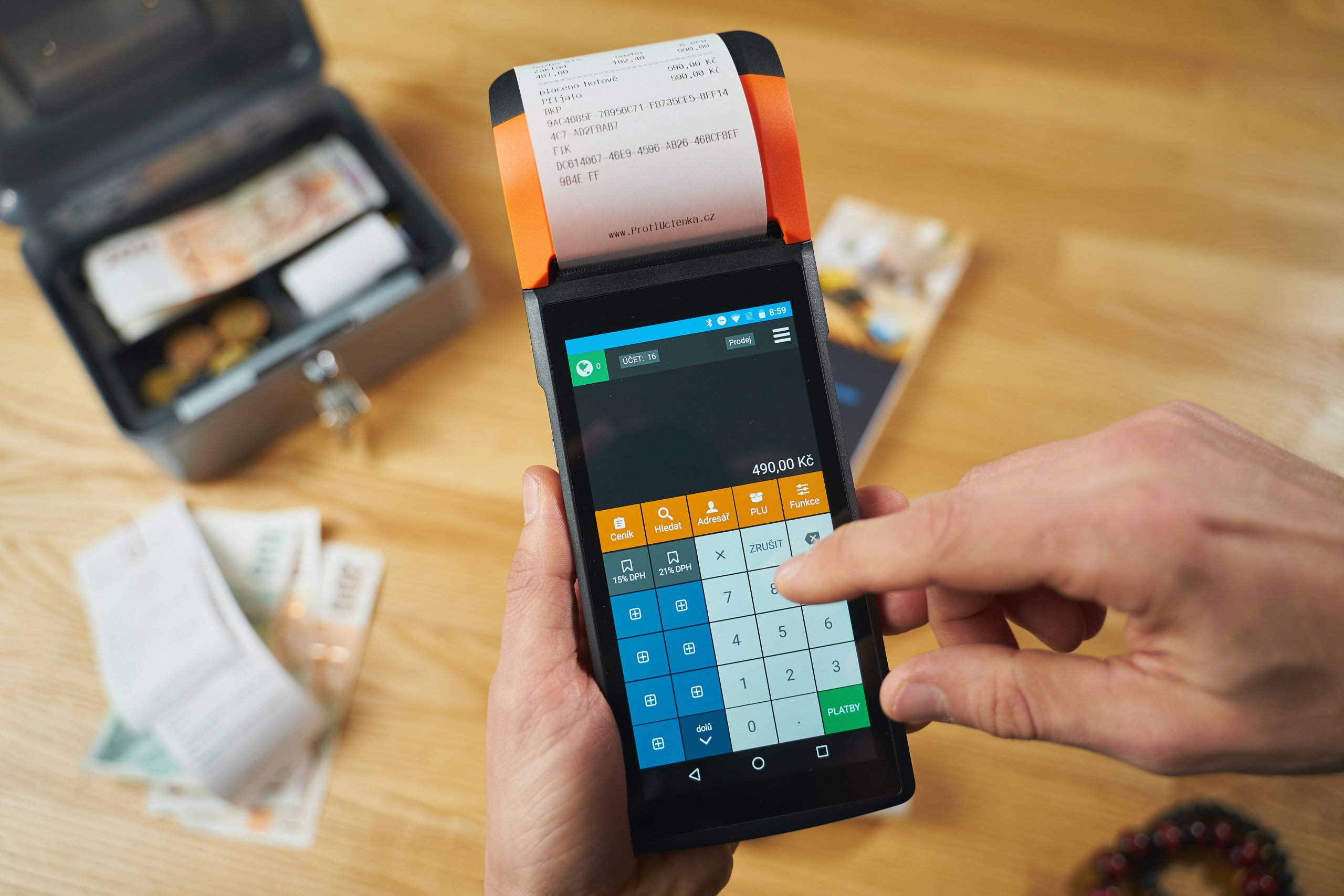
The Internet of Things (IoT) has impacted several industries for the better over the past decade. Thanks to IoT, businesses in various sectors can cut costs, rapidly improve product quality, meet customer demands faster, and even forecast maintenance needs before a breakdown occurs.
For finance, IoT has made it so that you don’t have to be in New York City, the financial capital of the world, to elevate your company’s offerings. And for retail, IoT has helped struggling small businesses and new retailers make a splash in their markets without too much extra effort. Let’s dig deeper into the benefits for these two industries. Here are six ways that IoT is going to drive growth and expansion in the finance and retail industries.
1. Improved Point of Sale (POS) for Customers
POS is already much sleeker than it was ten years ago, thanks to companies like Square and Stripe. But the POS industry is a major one because it interfaces between the customer and the business and requires extra-strength cybersecurity to function in a trustworthy manner. The industry, which is projected to reach an estimated worth of $109 billion by 2025, will continue to evolve to meet and exceed customers’ expectations.
Some changes that we will see in the next five or ten years is the implementation of biometric POS, mobile POS, and digital product tracking that streamlines remote payments, among other major improvements. IoT will also bring about upgrades to the storage, processing, and transmittal of data in a more secure way, while also providing modern analytics that keeps a close eye on security attacks. As a result, customers can expect a more seamless experience, while businesses will save more money and effort.
2. Wearables as Credit Cards
Speaking of POS systems, wearables are going to grow in popularity as “wearable wallets” in the next few years. As the number of wearables in use continues to explode, we’ll see our smartwatches start to work for us in a multitude of ways. For example, if you enter your bank, its IoT system may connect to your wearable, which it can use to verify your information, allowing you to skip all of the boring stuff and go straight for the task you came to accomplish.
This will not only improve the customer experience, but it’ll provide the bank detailed analytics on what most customers come in to do. Using this information, the bank can develop an IoT application that provides the popular in-person service remotely and securely. According to a study by Markets and Markets, the global IoT market for banking and finance will grow to $2.03 billion by 2023, which is an eight-fold growth in five years.

3. Better Inventory Management
For retailers, inefficient inventory management can cost thousands of dollars a month in time and effort. Research shows that U.S. retailers lose around $45 billion every year due to a lack of inventory and $224 billion every year due to excess inventory. With IoT, automation is the name of the game in inventory management.
Real-time tracking of inventory will be a default method for managing inventory counts and projected sales figures. This IoT-enabled system will be connected directly to the POS system in each retailer’s store, generating up-to-date inventory numbers that are accurate upon inspection in real-time. This management system can even be extended to the retailer’s e-commerce store so that no customer is ever left sad that they were able to order an item, only to be notified later on that the item was sold out when the customer put in their order.
4. Automating Cybersecurity
IoT will help the retail and finance industries automate and fortify their cybersecurity protocols. Both industries utilize motion sensors and cameras in their facilities, and connecting these devices into an IoT ecosystem can fully round out cybersecurity efforts. The sensing and tracking technology can immediately alert staff and authorities to unauthorized third-parties and suspicious behavior, while also leading the effort to stop the threat by locking doors, shutting down specific systems, and providing information to identify the problem.
5. Smarter Asset Monitoring
Asset monitoring is becoming increasingly automated with IoT and computers, but it still, as of now, requires a lot of manual checks and processes. With more developed IoT applications, gathering information and real-time data can be automated. Additionally, this automated data collection will be automatically analyzed and compared to other data points to understand the current state as well as predict what is to come.
IoT can also utilize sensors attached to assets to track the assets and their environment (like temperature, proximity, humidity, and movement) from manufacturing to delivery at the customer’s house. Using this information, retailers can optimize their asset storage and movement procedures and processes for maximum efficiency and revenue.
6. Making Risk Assessment Easy
Risk assessment may sound like a harmless financial term, but it’s what led to the 2008 Recession. It’s a very important process in banking that is intertwined with subjectivity and predictive analytics. Using IoT and big data, lenders and bankers can compare vast amounts of information before determining a customer’s risk amount. With this data, there is a conveniently-calculated risk profile that can forecast risks for consumers and businesses.
The Future of Retail and Finance
Both retail and finance are growing rapidly, even throughout the pandemic, and experts predict that IoT will only speed up the growth of these two industries. According to Markets and Markets, IoT technology in retail is expected to reach $35 billion by the end of 2020. With that amount of growth, we can only hope that consumers will eventually see some savings from their favorite retailers!






